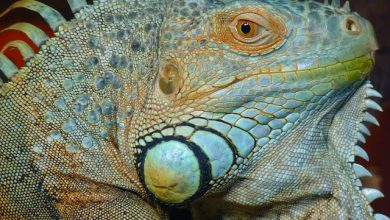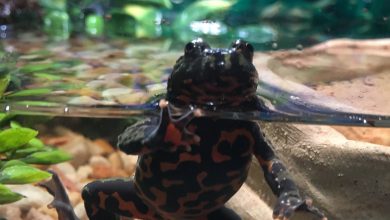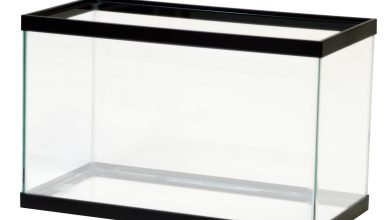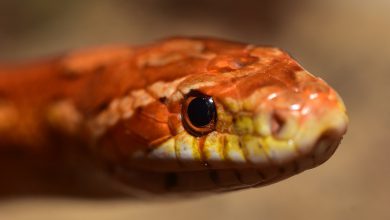Is It Okay to Keep Reptiles and Amphibians Together?
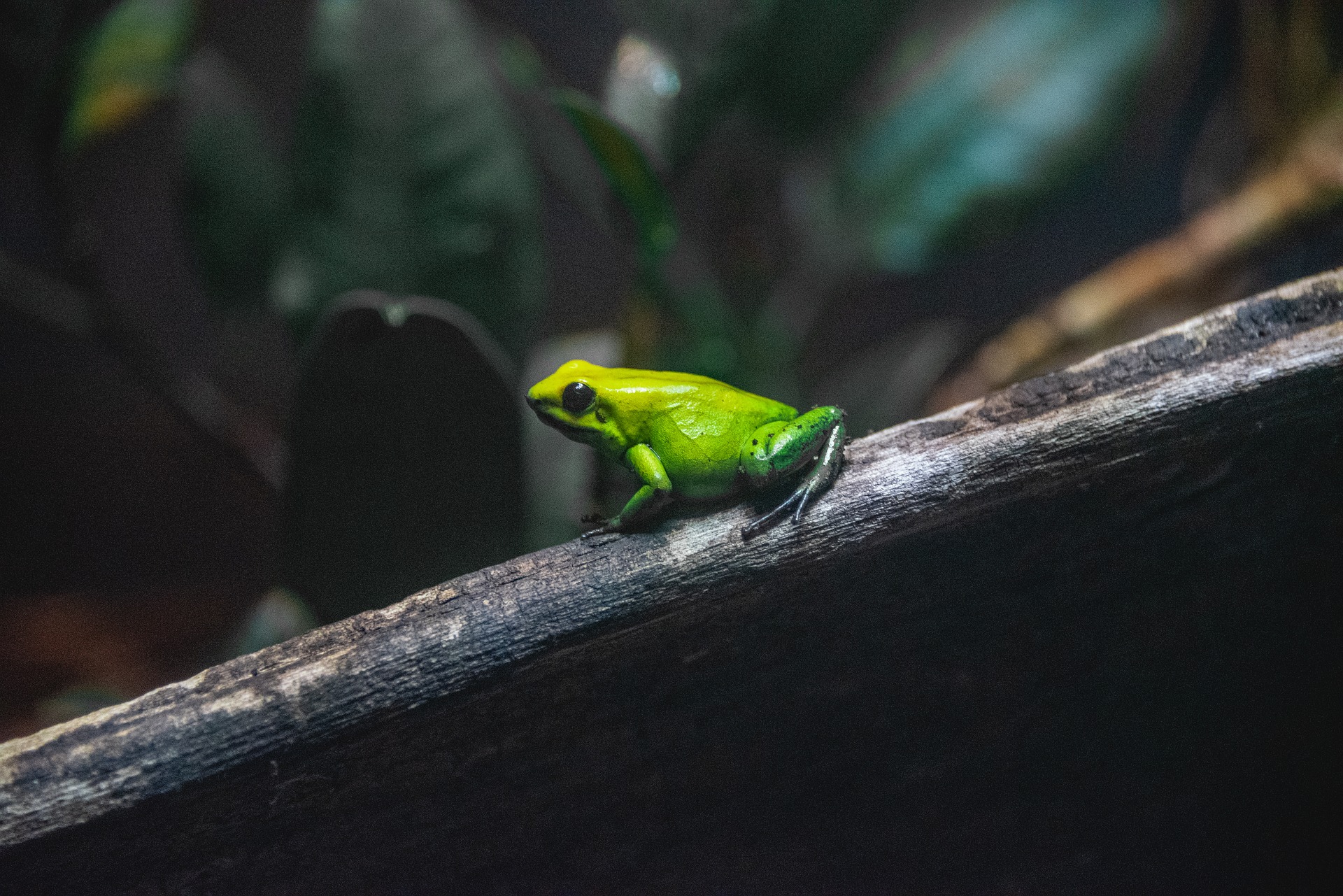
The majority of herp keepers keep their exotic pets in separate, solo terrariums. In fact, when you come into The Tye-Dyed Iguana in Fairview Heights, this is a setup you may see with some of our species as well. Many reptiles and amphibians tend not to live in communities in the wild.
That being said, I can understand the desire to keep several individuals together in one terrarium. It can be done with the right amount of space, but when creating a mixed terrarium, can you put a reptile and an amphibian together?
Itâs possible, though generally not advised, as long as you pair the right species and give them all the habitat considerations they need. Hereâs what to know.
Why group multiple species together?
There are a couple of different reasons keepers may have for putting multiple species, or even reptiles and amphibians, in the same living space. One reason may be a simple shortage of space, or the desire to keep as few terrariums as possible. Other keepers may simply like the look of a thriving ecosystem with multiple pets and find it more interesting than a solo pet habitat.
If either of those sound like what youâre looking for, these tips can help.
Why species matters
The biggest challenge with a multiple species terrarium is ensuring that each exotic pet is having its habitat needs met. Each animal is going to need particular amounts of territory, preferred temperature ranges, humidity requirements, substrate needs, and other considerations.
The species you keep may not have the same needs, and that can make it extremely difficult to create an enclosed space that will work well for each of them.
Another challenge with keeping multiple species together is the possibility that one terrarium dweller may attack or even eat the other. This can usually be helped by selecting species of similar sizes to one another.
Which species can be kept together?
Youâll find that most reptiles and amphibians will be a difficult fit for roommates. Thatâs because their dietary needs differ, and amphibians tend to need a more stable temperature rather than the gradient preferred by reptiles.
That being said, some of the smaller lizards, such as geckos and anoles, do well with certain species of frogs. Youâll want to be sure you do not pair any tank mates with frogs that are toxic, though.
Snakes tend to be a poor choice for mixing with amphibians or even other reptiles because their needs are simply too different. The same goes for most turtles and tortoises.
How to make it work
The most important tips for keeping reptiles and amphibians together are:
- Have a cage big enough to provide multiple territories, including separate areas for each animal for basking and hunting (if applicable).
- Only keep individuals together that are of similar sizes (to prevent predation against each other).
- Only keep species together with similar environment needs (temperature, humidity, substrate, etc.).
- Make sure that meeting the needs of one species does not endanger the other, for instance, if an amphibian requires a partially aquatic setup, and the reptile could potentially drown in the deep water.
- Make sure the amphibian you are keeping is not toxic to the reptile you are keeping.
Cage size will likely be the biggest factor in ensuring that every animal gets its needs met. If any of your exotic pets are getting injured or appear to be losing weight (because a tank mate is stealing their food), then theyâll need to be moved to a species-specific habitat.
If you have more questions about what kinds of reptiles and amphibians could potentially be kept together, reach out to the team at The Tye-Dyed Iguana.
